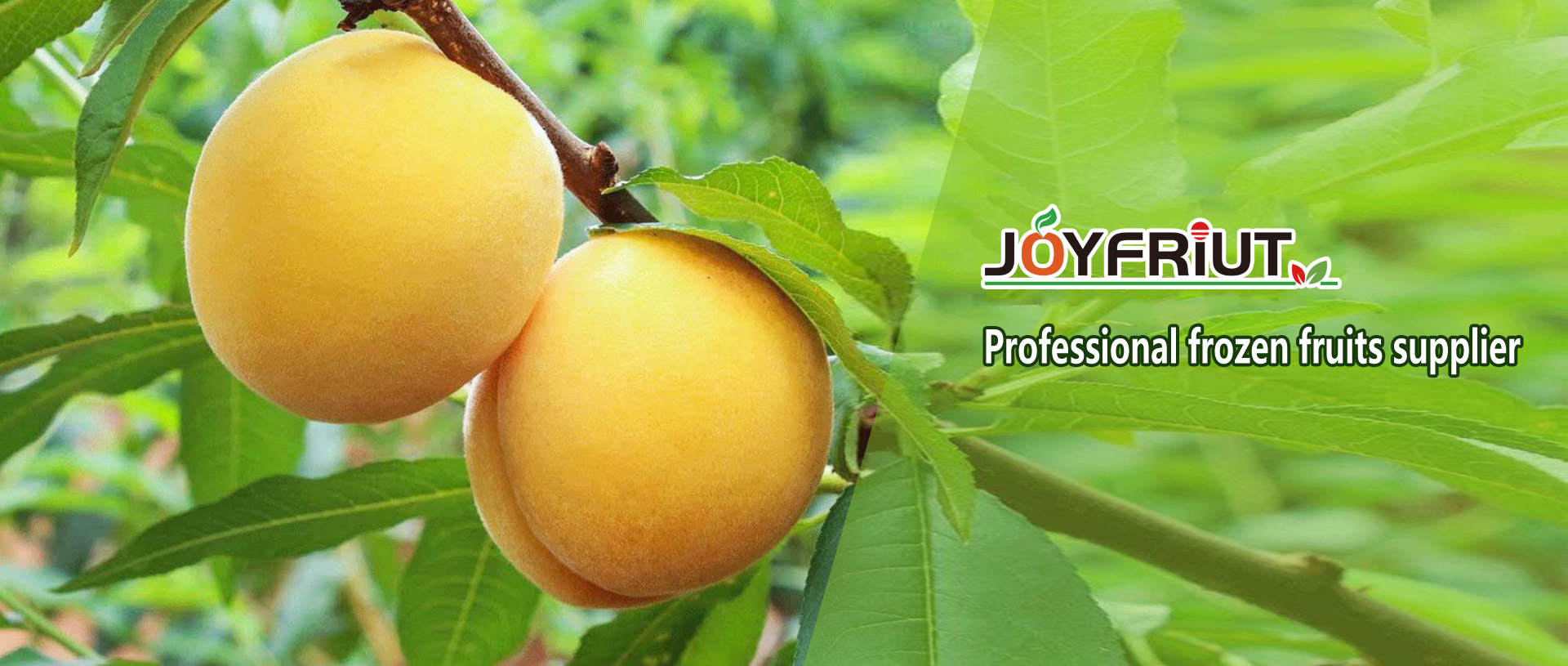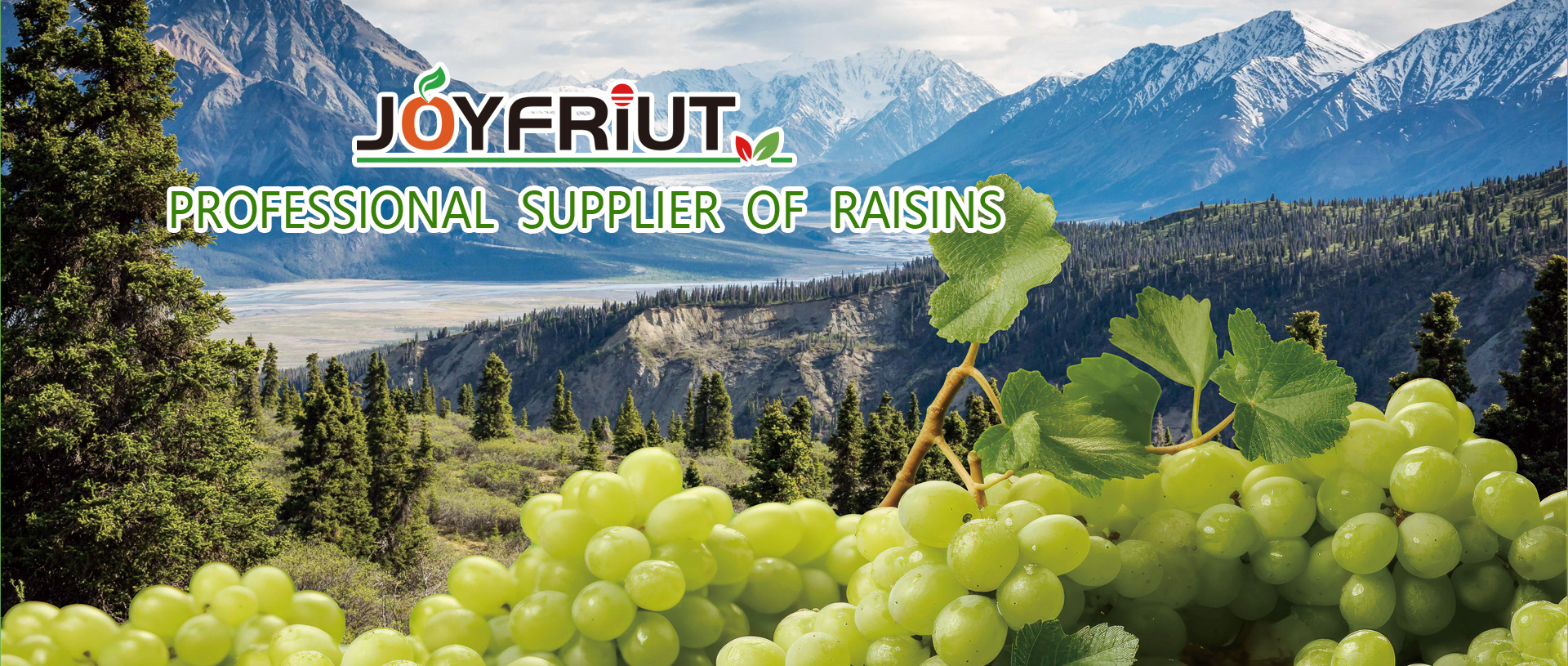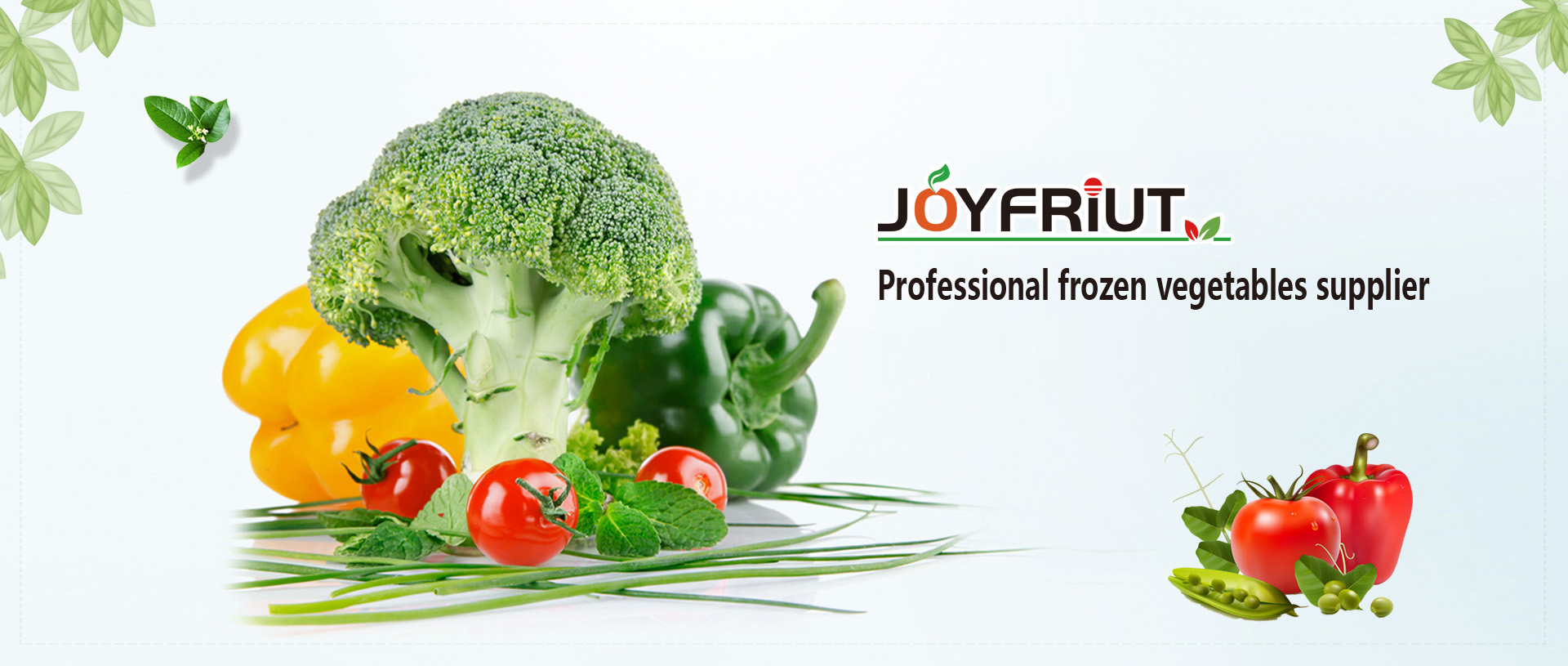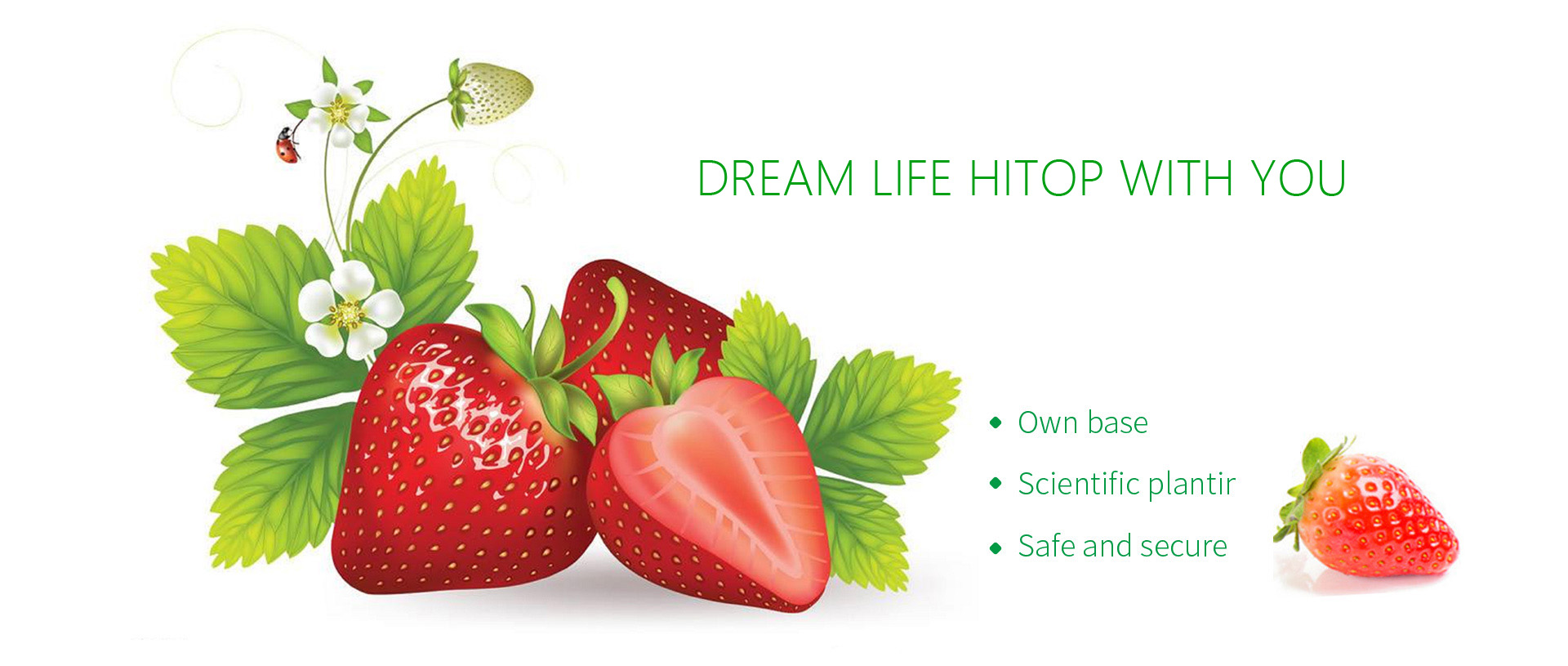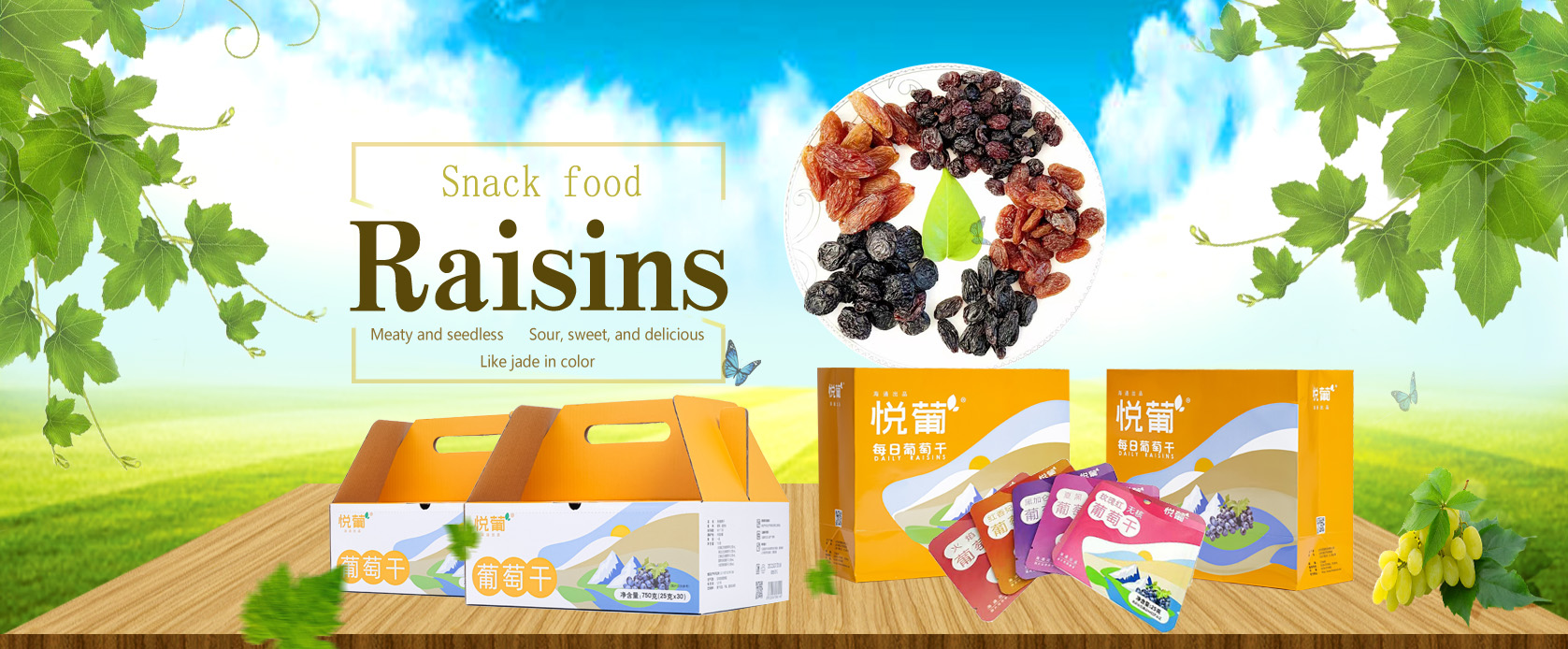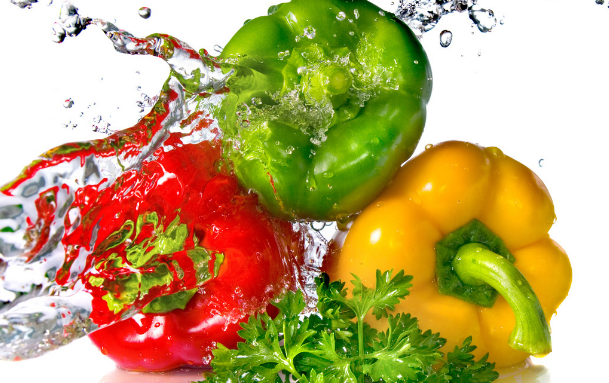
(1) Raw material processing. Suitable for quick-frozen and fresh vegetables include green peppers, cucumbers, tomatoes, kidney beans, broccoli, garlic moss, carrots, and fresh mushrooms. To remove the vegetable roots and inedible parts, and then wash to remove sediment impurities to ensure the cleanliness and hygiene of quick-frozen vegetables.
(2) blanching, cooling and draining. Process the raw material into strips, segments, pieces, pieces or filaments. Then use hot water to blanch or high temperature steam to achieve the purpose of killing enzymes. The temperature of the hot bleaching water is 80-100 ° C. The time required depends on the raw materials and the degree of freshness, volume, and the amount of water used in a single injection depends on the temperature of the water, usually several seconds to several minutes. The shorter the blanching time is, the more beneficial it is to protect the vitamins and other nutrients of vegetables. The hot bleaching solution can use water or 0.1% common salt and baking soda, or 0.3% sodium sulfite, which can protect chlorophyll and vitamins A and C. The amount of raw material input does not exceed 5% of the hot bleaching solution each time. After the hot bleaching, it should be immediately cooled in cold water and cooled to 15-18 ° C. After cooling, drain and prepare for bagging.
(C) Weigh and bag. Packaging materials are polyethylene film bags or cardboard boxes lined with aluminum foil. 0.2-0.5 kg per bag.
(4) Freezing. Immediately after bagging, the temperature should be below -30 ° C, and the center temperature of vegetables should be around -18 ° C. After freezing, put it in a cardboard box, 10-20 kg per box, and then enter the refrigerator and store it at -18 to -20 ° C. Avoid temperature changes, relative humidity is about 95%.

 CHINESE
CHINESE ENGLISH
ENGLISH